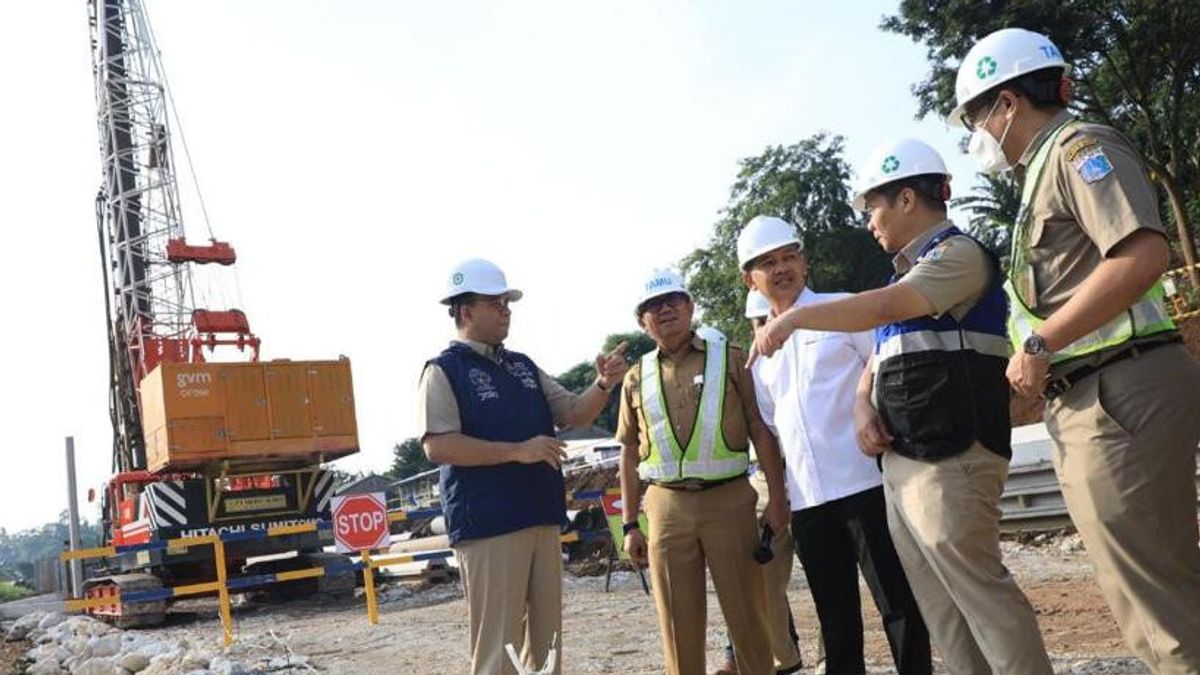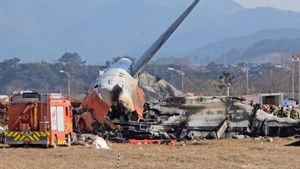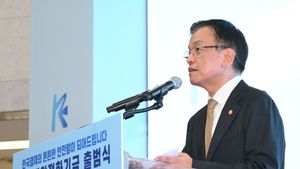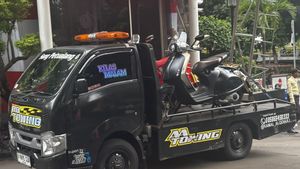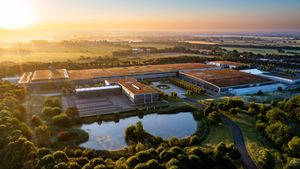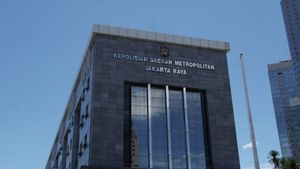JAKARTA - DKI Jakarta Governor Anies Baswedan reviewed the construction of the Ciliwung River garbage collection system (river) at the Jakarta border, namely the TB Simatupang segment, South Jakarta.
The construction of this waste filter has been planned by Anies since 2018. However, due to the COVID-19 pandemic, this project with a budget of IDR 195 billion has only been implemented.
Anies admitted that he was enthusiastic about the construction of these waste screening machines, because he considered this program to be the first time in Indonesia.
"This is the first project and even the first time in Indonesia there has been screening like this. Now we'll see how effective it will be. In theory, we'll see in the field. Then from there it can be developed in all places, not only in Jakarta but throughout Indonesia, and this is the first project," said Anies at the location, Monday, September 26.
Anies said that this garbage filter is also useful for maintaining flood control pumps operated by the DKI Jakarta Water Resources Service (SDA) so as not to experience dam effects that can cause flooding, such as Pluit Reservoir Pumps, Ancol Pumps, and Gambir Pumps.
This development is motivated by the emphasis on the volume of waste which is concentrated only on one handling point (Manggarai Sluice Gate, Ciliwung River, Kampung Melayu Bridge), so it is necessary to handle it at another point to minimize the dam effect that contributes to the occurrence of flood disasters, especially during the rainy season and there is garbage sent from upstream of the Ciliwung River.
"This is all areas that are ready to accommodate water when the Ciliwung River experiences an increase. That way, he hopes that when the water flow conditions of the Ciliwung River are above normal, even above the capacity of 900 cubic meters per second, he can still be directed at the waste," explained Anies.
In addition, the limited space at the Manggarai Sluice Gate makes it difficult to add heavy equipment to accelerate waste management at the Ciliwung River, so it is necessary to transfer the function of handling waste at the Manggarai Water Gate to the DKI Jakarta border in order to ease the workload of handling waste at the Manggarai Water Gate.
"The burden on Manggarai (gate) will be reduced because there are two filters here, so hopefully later the picture of the dirty Manggarai will decrease," he said.
Head of the DKI Jakarta Environmental Agency, Asep Kuswanto, explained the work system of this water body waste filter. First, the floating pontoon applied at the filter location functions to direct waste into the river segment, so as to avoid the dam effect caused by garbage stuck in the water body.
Then, the screening is carried out in layers, so that waste collection activities from the Ciliwung River can be carried out in stages, starting from rough filters to smoother filters.
This Simatupang TB waste network is estimated to be able to accommodate about 40 m3/day of waste. The construction is targeted to be completed in December 2022 and can start operating in January 2023," said Asep.
The waste screening process is divided into 2 stages of screening and 2 stages of disbursing organic waste, namely:- Phase 1 Sariing Functions to capture waste measuring above 50 cm, lifting from the body of water, placing it in Conveyor to be destroyed to a size of approximately 5 centimeters to 20 centimeters.
- Phase 2 Saring Functions to capture the size of waste above 20-50 cm, remove it from the body, place it in Conveyor and then take it to the destroyer or Secondary Crusher to be destroyed to a size of approximately 3 centimeters to 5 centimeters.
- Phase 1 Excavation Functions to clean up large waste (yellow, bamboo, mattresses, former buildings, agriculture, and others) to measure 10 centimeters to 20 centimeters.
- Automatic waste separation Functions to separate fine waste and rough waste before waste is inserted into phase 2 pencah
- Phase 2 Excavation Functions to clean up large waste (yellow, bamboo, mattresses, former buildings, agriculture, and others) to measure 3 centimeters to 5 centimeters.
The English, Chinese, Japanese, Arabic, and French versions are automatically generated by the AI. So there may still be inaccuracies in translating, please always see Indonesian as our main language. (system supported by DigitalSiber.id)
